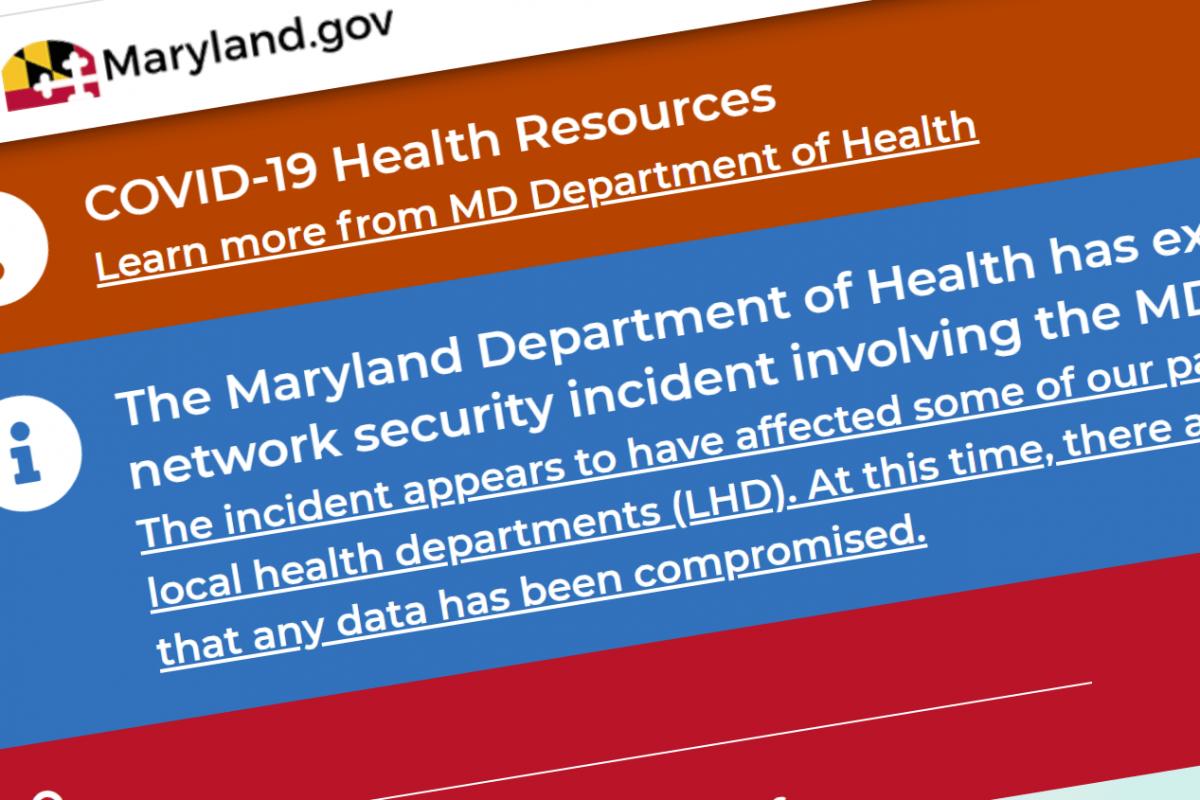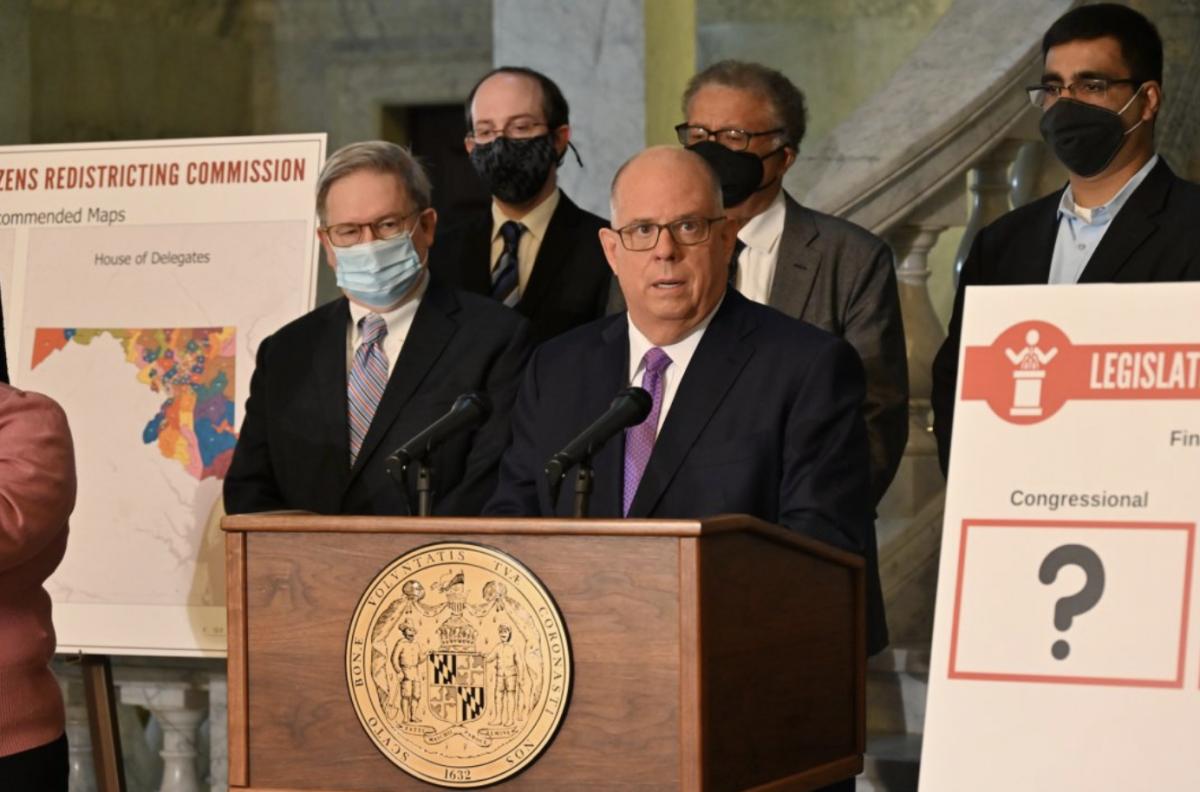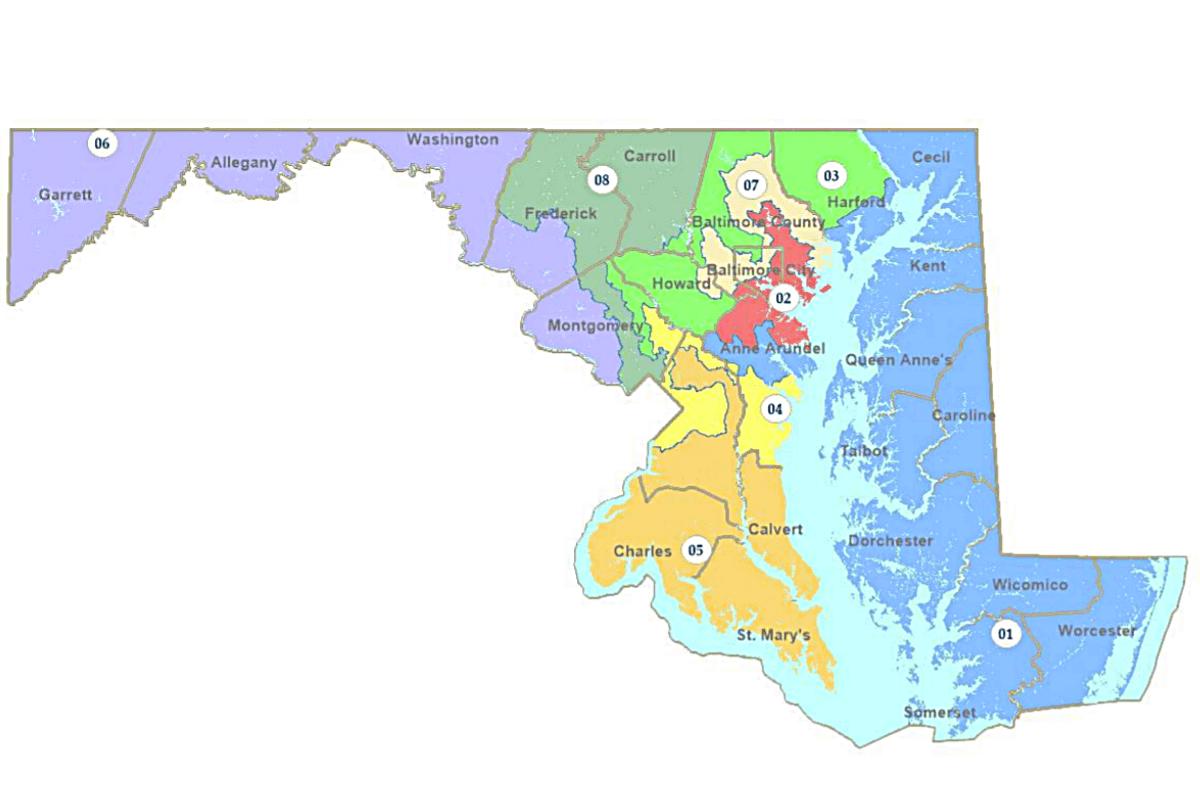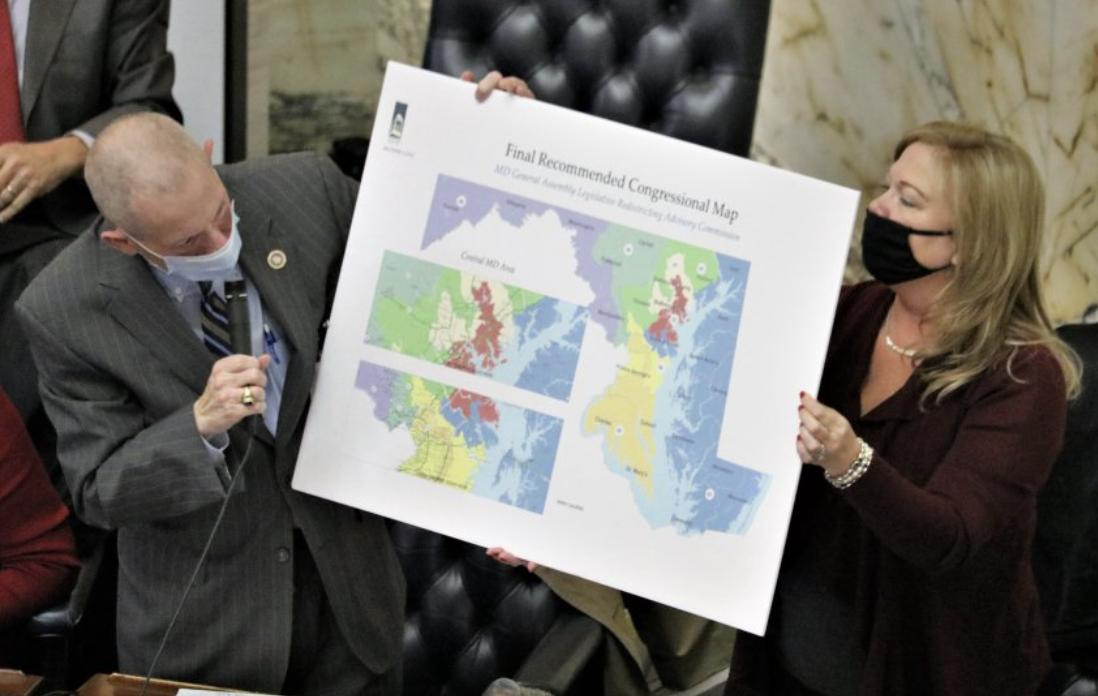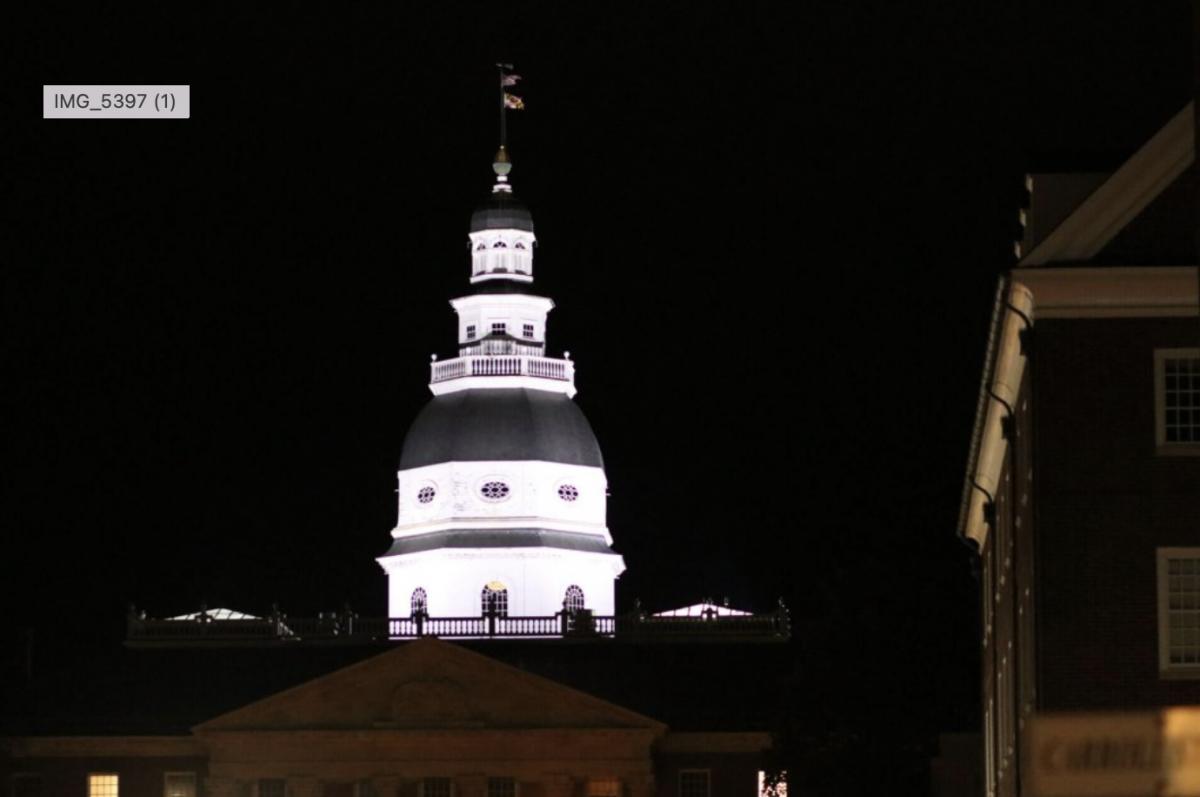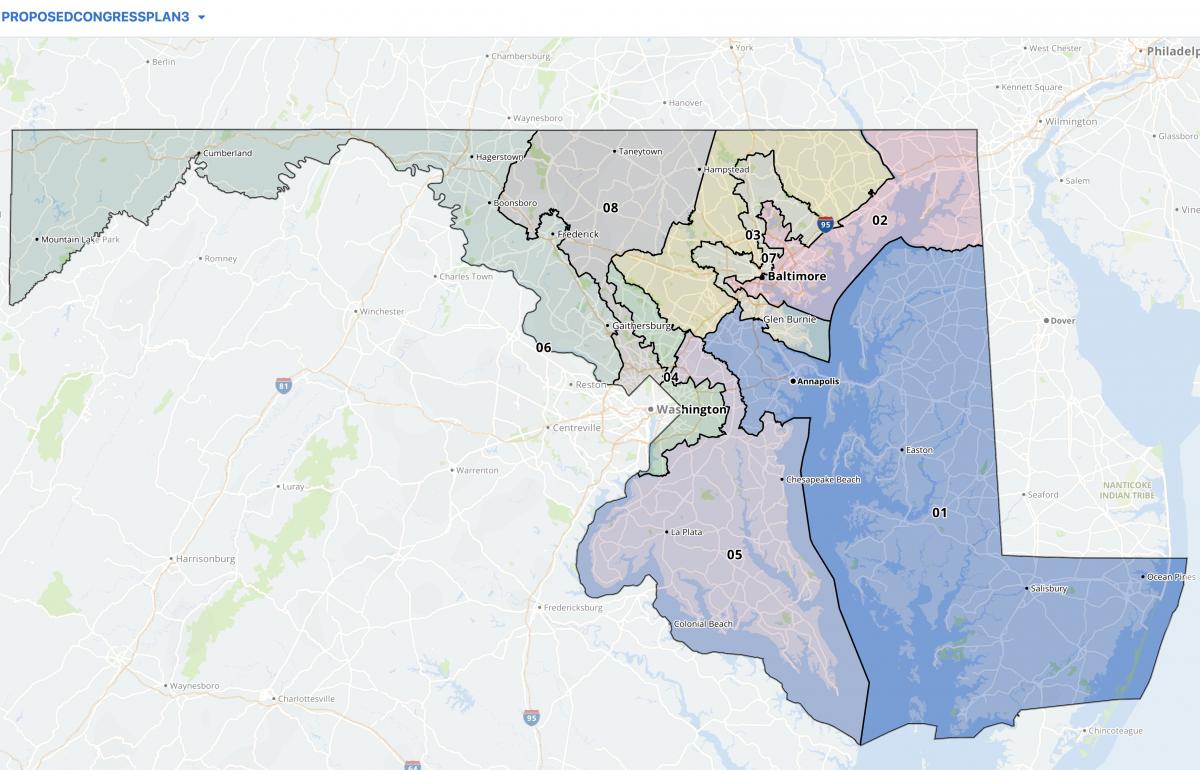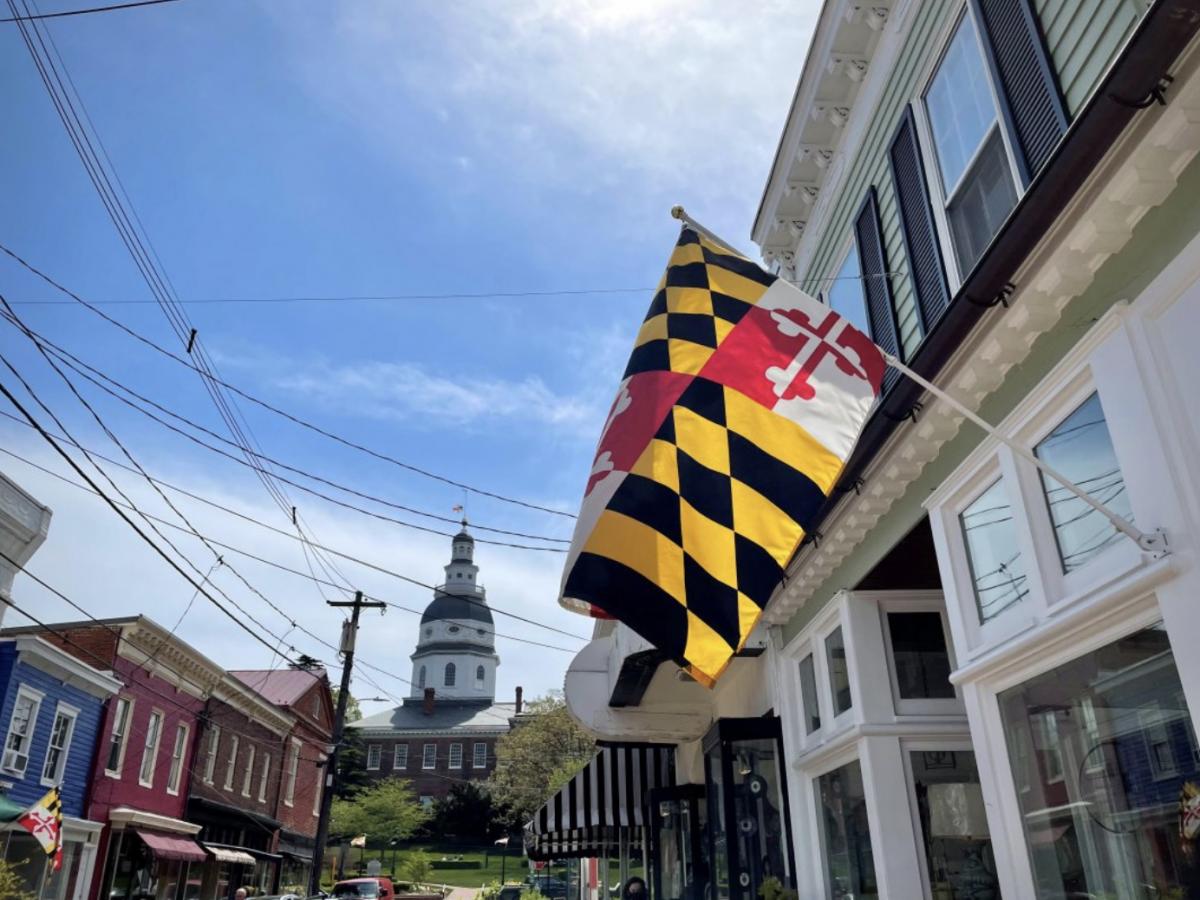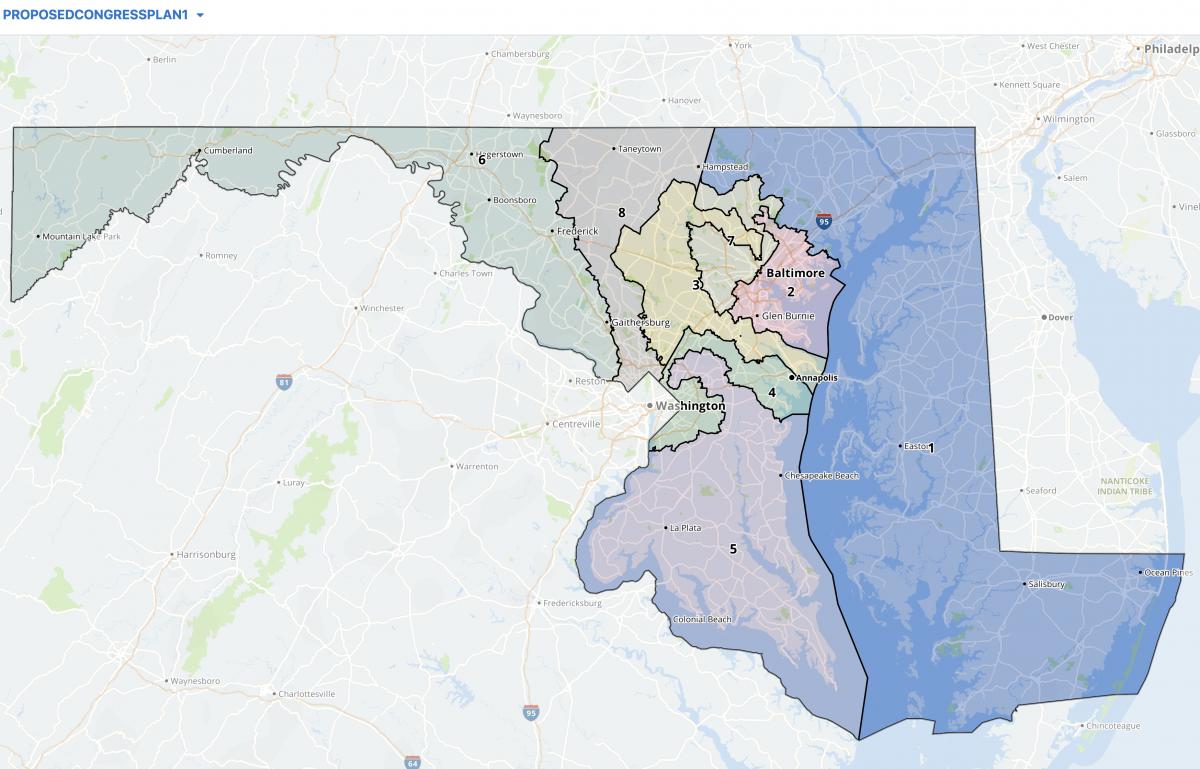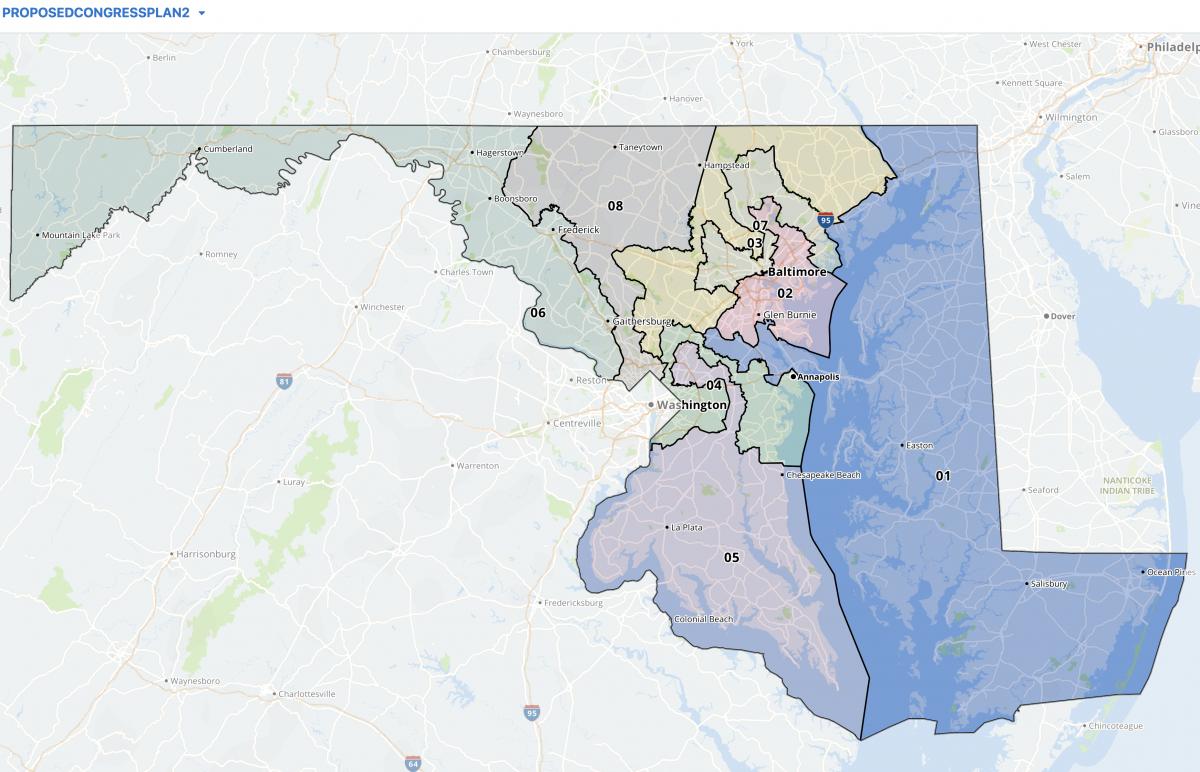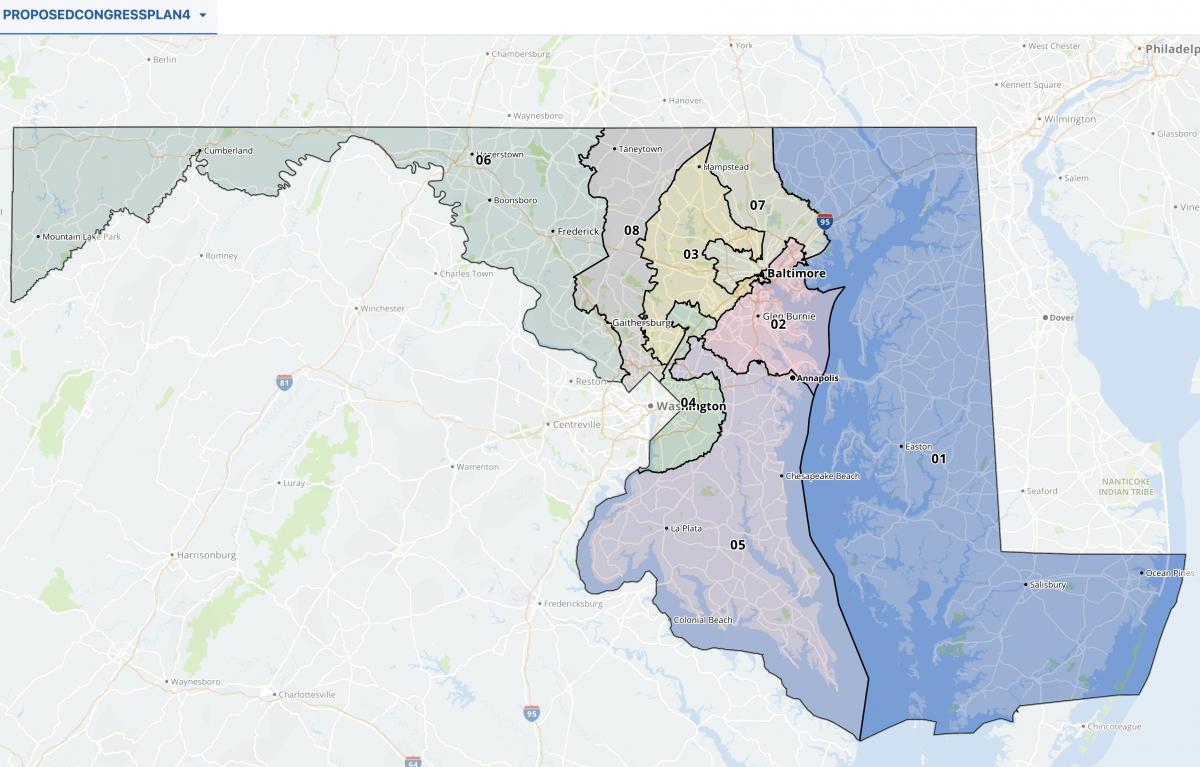Maryland’s 1st Congressional District underwent a vast transformation in the most recent round of redistricting: It once extended through northern Harford County into parts of Carroll and Baltimore counties, it now includes a southern section of Harford as its northern terminus and extends across the Chesapeake Bay Bridge to include parts of Anne Arundel County.
That means the district will be significantly more competitive in 2022. It also means that some running for that congressional seat have been drawn out of the district, including incumbent U.S. Rep. Andrew P. Harris, the state’s lone congressional Republican who lives in Cockeysville, which is now split between the 2nd and 7th congressional districts.
The U.S. Constitution requires representatives to live in the state they represent, but not the same district.
R. David Harden, one of three Democratic contenders vying for a chance to unseat Harris in 2022, said he’s looking to move anyway. Harden’s current home is near Westminster in Carroll County. The previous map put Harden, a foreign policy strategist, in the 1st District, but the new one puts him in the 8th District. He said in an interview that he’s “actively looking for a place on the Eastern Shore.”
But he said that he wants to see whether litigation might shake up the newly drawn district lines before making a move. Fair Maps Maryland, an anti-gerrymandering group with ties to Gov. Lawrence J. Hogan Jr. (R), vowed legal action against the General Assembly’s congressional map just moments after it passed the state Senate during last week’s special session.
“The uncertainty of that, though, is weighed against the fact that this district is perfect for me,” Harden said.
Harden sees opportunity in the newly drawn 1st District. The district was redrawn in 2012 to be heavily conservative, allowing for a Democratic-leaning 6th District in Western Maryland, and Harris handily won reelection. But the new lines have put the 1st District into toss-up territory, and Harden hopes that he’ll be able to capture votes from both Republicans and Democrats by positioning himself as a moderate.
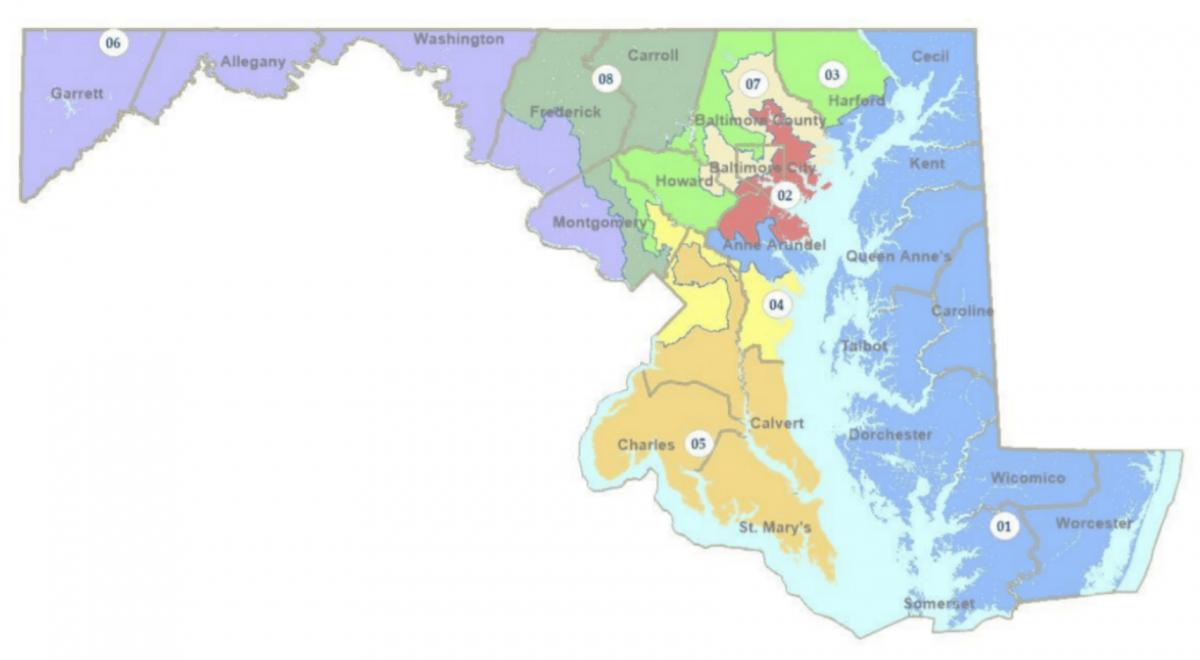
The congressional map adopted by the General Assembly. Screenshot.
Harden expects to face Heather R. Mizeur in the Democratic primary next year. Mizeur, formerly a state delegate from Montgomery County, now lives in Chestertown on the Eastern Shore. She has already broken early fundraising records in the 1st District. Jennifer Pingley (D), a registered nurse who lives in Cecil County, also is vying for a chance to unseat Harris.
The new 1st District includes more than 200,000 residents of central Anne Arundel County. Harden hopes that area’s proximity to military bases and government contracting firms will allow him to flex his foreign service experience and appeal to voters there.
“They’re moderate folks,” Harden said. “They care about education, they care about economic opportunity, they care about crime, security and stability.”
Harden hopes to use his rural upbringing and ancestral ties to the several parts of the district to appeal to voters. He said both of his parents trace their family history back to the Eastern Shore, and that his father’s side of the family later moved to Anne Arundel County near the Severn River.
Harden noted that Democrats have struggled to win rural districts in recent years. 2022 is showing signs that it could be a particularly tough year for Democrats in rural areas after Republican Glenn Youngkin swept rural counties in Virginia during that state’s November gubernatorial election.
“Whatever the Democrats have been doing in rural America, the Democratic strategy for rural America has failed,” Harden said. “We need to be competitive in rural counties. And that means that we have to understand the hopes and aspirations, the challenges and the grievances of rural counties.”
Mizeur is a prominent progressive who had garnered a significant backing before the district was redrawn — and she has been endorsed by Wayne Gilchrest, a moderate Republican and longtime 1st District representative.
And Mizeur’s farming background isn’t anything to write off, either: She grew up in Blue Mound, a village in rural Macon County, Illinois, and now lives on an organic farm in Chestertown. According to her campaign, her family has been farming for seven generations.
“Winning – and representing the people here – requires an ability to build coalitions, work with people across the political spectrum, and solve problems with pragmatic solutions,” Mizeur said in a statement. “That has been my calling card for years, and it’s the reason my campaign has garnered support from a wide range of leaders – from former Republican Congressman Wayne Gilchrest to House Majority Leader Steny Hoyer, or from local leaders like Salisbury Mayor Jake Day to former Queen Anne’s County Republican Commissioner David Dunmyer, just to name a few.”
Harden said he thinks the Democratic challenger to Harris in 2022 will need to garner votes from “centrist Democrats, independents and Hogan Republicans” to have a realistic chance of winning.
Appealing to rural voters, including watermen and farmers, is set to be a key aspect of both Harden’s and Mizeur’s campaigns. Mizeur recently rolled out a “Farmers for Mizeur” group and outlined a plan to include farmers in the fight against climate change. Harden has said the Eastern Shore and the Chesapeake Bay should be a proving ground for technologies that, likewise, will combat climate change.
The 2022 primary election will be held on June 28, 2022. Learn how to register to vote here.
By Bennett Leckrone


